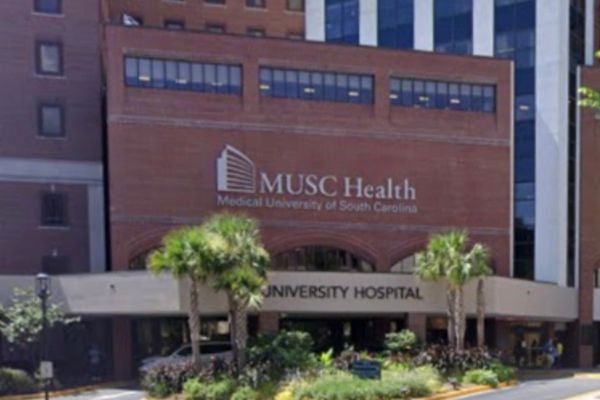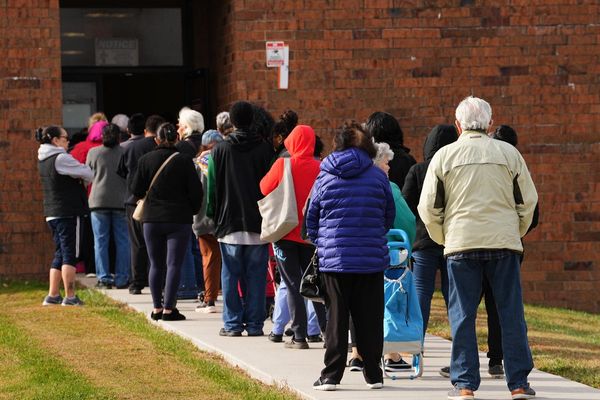
In a post on Twitter, Mandaviya said, “Several antibiotics, vaccines, anti-cancer drugs and many other important drugs will become more affordable and reduce patients’ out-of-pocket expenditure."
“...National List of Essential Medicines (NLEM) plays an important role in ensuring accessibility of affordable quality medicines at all levels of healthcare. This will give boost to cost-effective, quality medicines and contribute towards reduction in out-of-pocket expenditure on healthcare for the citizens," the ministry’s statement quoting Mandaviya.
Speaking at the occasion,the minister said the “essential medicines" are those that satisfy the priority health care needs, based on efficacy, safety, quality and total cost of the treatment. The primary purpose of NLEM is to promote rational use of medicines considering the three important aspects i.e., cost, safety and efficacy.
It also helps in optimum utilisation of healthcare resources and budget; drug procurement policies, health insurance; improving prescribing habits; medical education and training for UG/PG; and drafting pharmaceutical policies. In NLEM, the medicines are categorised based on level of healthcare system as- P- Primary; S- Secondary and T- Tertiary, the health ministry said.
Mandaviya said the concept is based on the premise that a limited list of carefully selected medicines will improve quality of health care, provide cost-effective health care and better management of medicines.
He added that the NLEM is a dynamic document and is revised on a regular basis, considering changing public health priorities as well as advancement in pharmaceutical knowledge. The National List of Essential Medicines was first formulated in 1996 and has been revised in 2003, 2011, and 2015.
The revision of NLEM 2022 has been done after constant consultation with stakeholders spanning from academia, industrialists and public policy experts etc., and crucial documents like WHO EML 2021.
The following criteria are followed for inclusion in NLEM:
1. Be useful in diseases which is a public health problem in India
2. Be licensed/ approved Drugs Controller General (India) (DCGI)
3. Have proven efficacy and safety profile based on scientific evidence
4. Be comparatively cost effective
5. Be aligned with the current treatment guidelines
6. Recommended under National Health Programs of India. (e.g. Ivermectin part of Accelerated Plan for Elimination of Lymphatic Filariasis 2018).
7. When more than one medicine are available from the same therapeutic class, one prototype/ medically best suited medicine of that class to be included.
8. Price of total treatment is considered and not the unit price of a medicine
9. Fixed dose combinations are usually not included
10. Vaccines as and when are included in Universal Immunization Program (e.g. Rotavirus vaccine).
Here is the full list of medicines.







